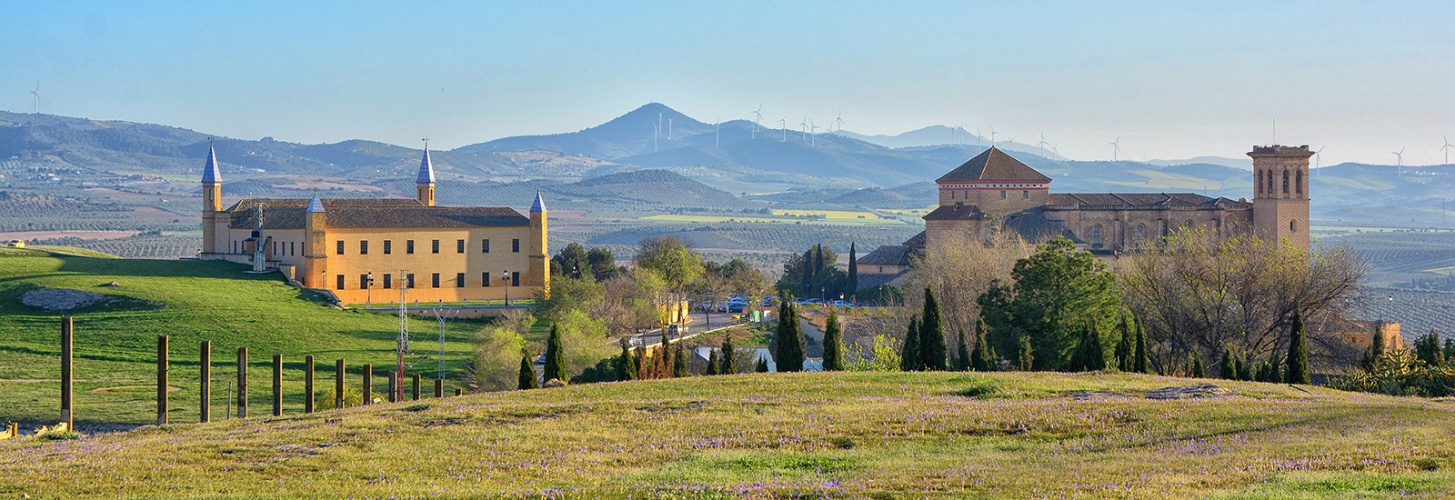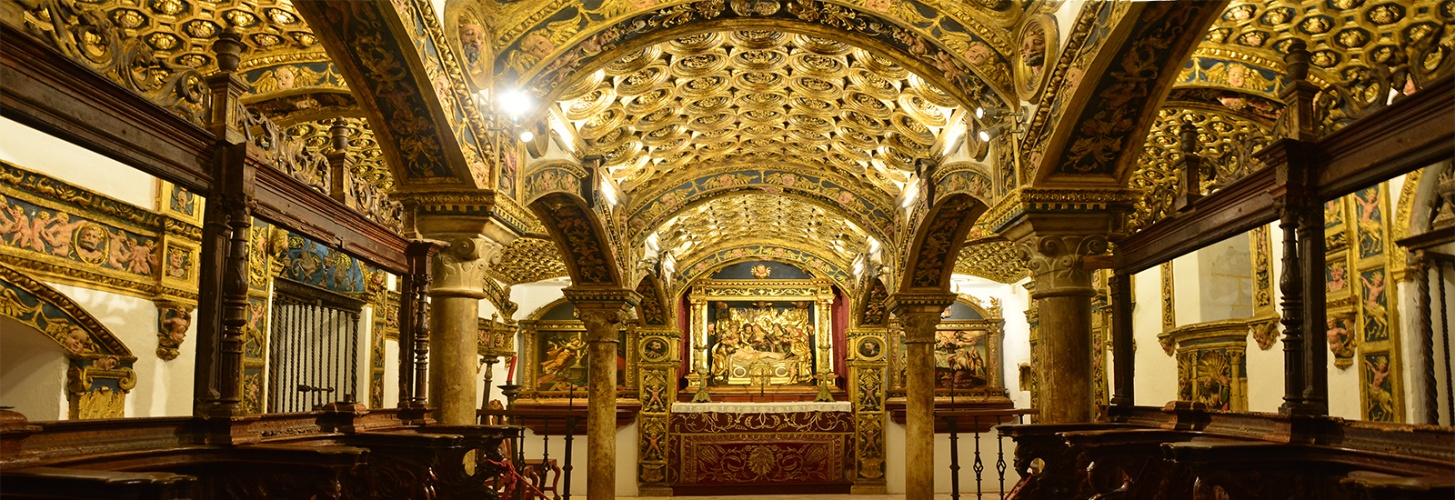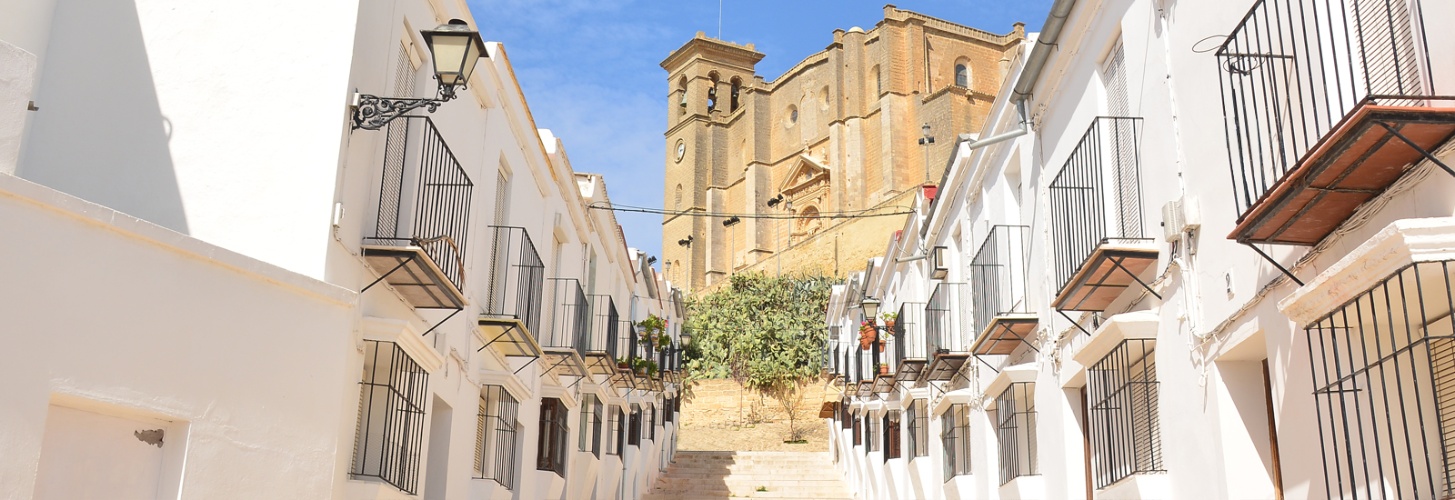Río Corbones

|
TYPOLOGIE OF PATH |
NAME |
TIME |
DISTANCE |
|
SL-A 160 |
RÍO CORBONES |
1 hour y 45 minutes |
6,2 km |
The trail begins next to Nueva Ratera farmhouse, where we must take the Moralejo path. Following this trail, we will reach the ancient well situated at the intersection with Chinchal road. We will leave it on the right side and keep on walking among the Almendro’s farmhouse olive trees. We will then take the farmhouse’s path and once we have skirted the house around, we will leave behind the land of olive groves, and penetrate in a forest of Mediterranean bushes, wild olive trees, and reforestation mastics. We will follow then the path along the Cana’s stream ravine. In the bottom of the ravine, we can appreciate the typical riparian vegetation. We will continue through an abrupt landscape until we will reach a fence with a gate that we must open and cross. From here on, we will contemplate how the landscape begins to sweeten until we reach the river’s plain, full of broom bushes and European fan palms. This is the River Corbones’ Bank, where we can enjoy a bucolic landscape, consisting of white poplars, eucalyptus, and the grove of a former orchard. The ruins of the ancient country house complete this beautiful landscape, where the sound of the river’s waters across the tamarisks can be confused with the song of the Woodpeckers that live in the poplars. No doubt, we are in one of the most beautiful landscapes of our great but unknown Southern Mountain Range, catalogued as “Community interest spot” and natural habitat of a large number of flora and fauna species. In addition, this place still keeps old stories in which the Corbones waters were used to run famous mills, as the Nun’s Mill. Here, neighbours of many towns used to come and the black market was the common currency of those difficult times.
River Corbones´ Marsh
The Corbones River is born in the province of Malaga, in Cañete at the Blanquilla, Borbollones and Mollina mountain ranges foothills. The Corbones River’s reservoir, which flows to the Guadalquivir River on its left bank, belongs in its greatest extent to the municipality of La Puebla de Cazalla. This reservoir belongs to the Guadalquivir hydrographical Confederation (Seville area) and it was built in 1994. Its basin is 300 km2 wide, and the volume is 74 Hm3. Surface has 330 hectares. The dam is built in reinforced concrete. Foundations are 71 m height and crowning 220m length. It built with three objectives: to control the river’s channel, to supply Southern hills villages, and use its waters for irrigation. Its territory corresponds to the Southern Subbetic Area Mountains. This area has a rugged and steep topography, full of mountains and hills. Streams, the River Corbones, and its tributaries have formed many valleys. The climate is mild, with Mediterranean influence. Natural vegetation is composed of pasture and bushes, with Oaks at some spots; among agricultural crops, intensive, extensive and olive groves are the predominantly extensive farm works. The existence of preserved natural vegetation, the Corbones River and its tributaries’ gallery forest are elements that compose the quality of the landscape. The topographic characteristics where it fits also provide a hidden space only perceptible within its area and its nearby limits.



